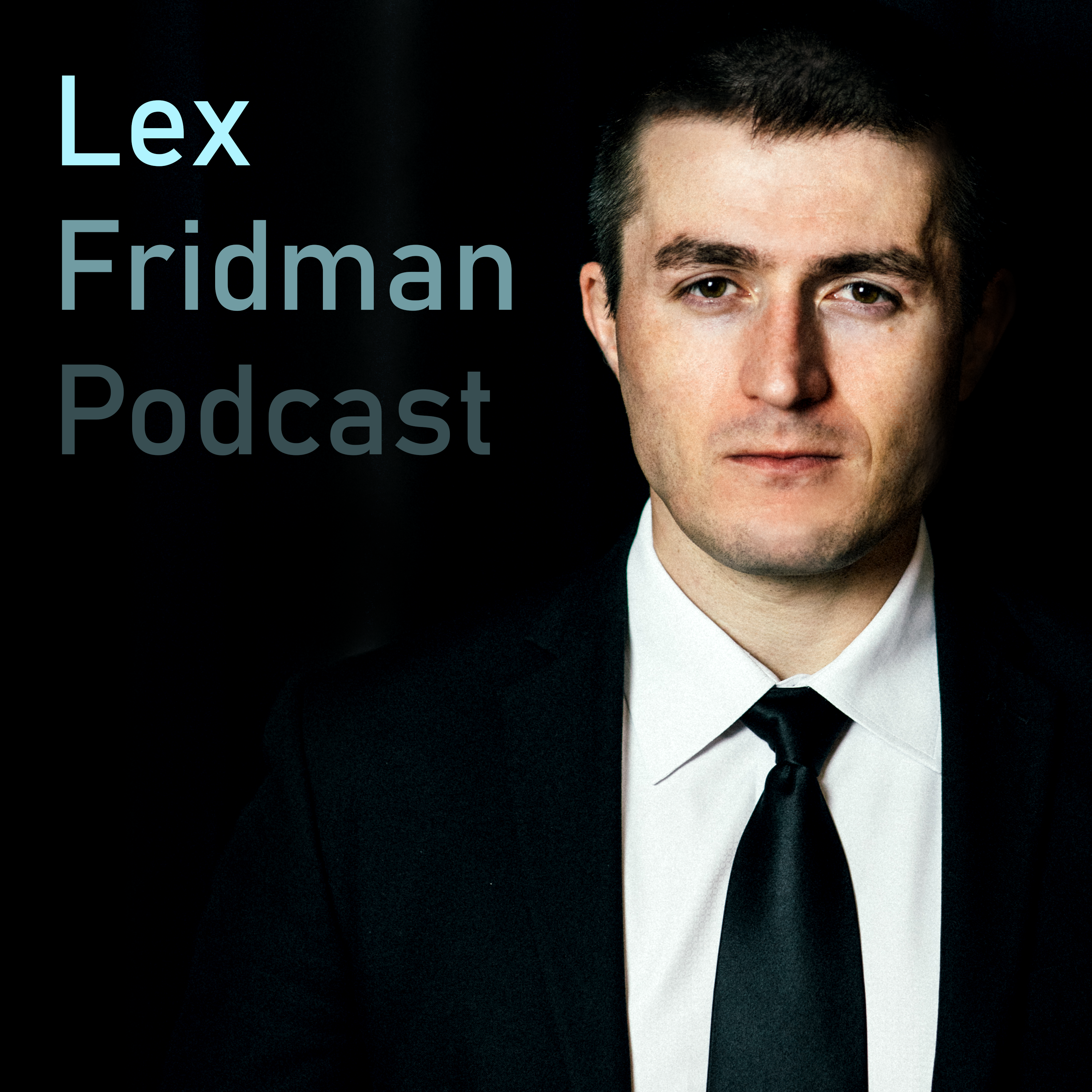Chapter

Turning RL Problems into Self Play Formulations
The idea is to turn more reinforcement learning (RL) problems into self-play formulations as it will allow getting signal more easily. While there has been progress in this area of research, it is yet to have a theory or equation to explain this phenomenon.
Clips
The speaker argues that while pattern recognition can be used to predict our current solar system's motion easily, it is uncertain if forcing deep learning techniques to come up with simpler explanations would lead to improved predictions.
23:12 - 24:44 (01:31)
Summary
The speaker argues that while pattern recognition can be used to predict our current solar system's motion easily, it is uncertain if forcing deep learning techniques to come up with simpler explanations would lead to improved predictions.
ChapterTurning RL Problems into Self Play Formulations
EpisodePieter Abbeel: Deep Reinforcement Learning
PodcastLex Fridman Podcast
The brain works in mysterious ways, and researchers are still trying to find a cohesive theory of intelligence that can explain the neural processes behind learning and problem-solving.
24:44 - 28:02 (03:18)
Summary
The brain works in mysterious ways, and researchers are still trying to find a cohesive theory of intelligence that can explain the neural processes behind learning and problem-solving. While progress is being made, there is still much to be discovered.
ChapterTurning RL Problems into Self Play Formulations
EpisodePieter Abbeel: Deep Reinforcement Learning
PodcastLex Fridman Podcast
A potential solution to accelerate Reinforcement Learning is by turning RL problems into self-play formulations where robots can learn from humans and solve problems in their own way, leading to natural and quicker learning.
28:02 - 30:40 (02:38)
Summary
A potential solution to accelerate Reinforcement Learning is by turning RL problems into self-play formulations where robots can learn from humans and solve problems in their own way, leading to natural and quicker learning.